Optimal Timing for Storm Shelter Construction
Constructing storm shelters requires careful planning to ensure safety and durability. The optimal timing depends on factors such as seasonal weather patterns, local climate conditions, and project readiness. Typically, the most suitable periods are during mild weather seasons when construction can proceed without interruptions caused by severe storms or extreme temperatures.
Spring and early fall often provide ideal weather conditions for storm shelter construction, with moderate temperatures and lower chances of severe weather.
Choosing a period with predictable weather minimizes delays and ensures safety during construction activities.
Starting projects in advance of storm seasons allows sufficient time for completion before severe weather occurs.
Off-peak seasons may offer better access to materials and reduced construction costs.

Construction underway with safety measures in place.
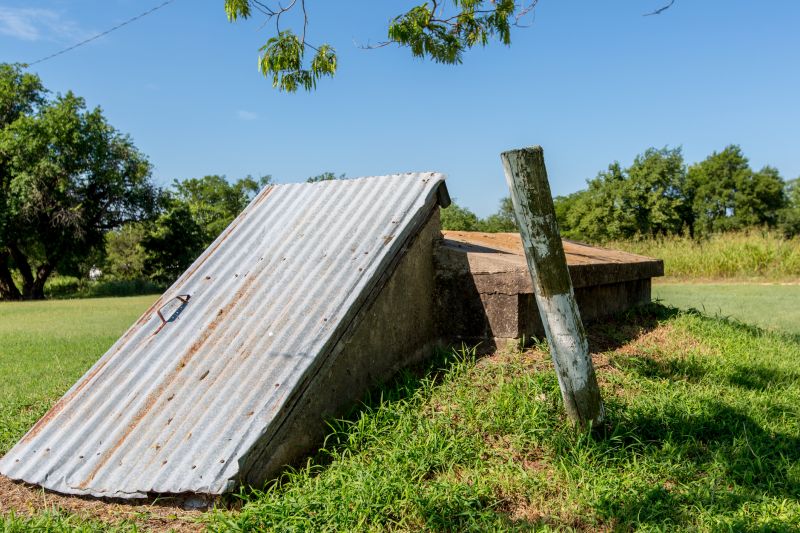
Materials prepared for durable storm shelter build.
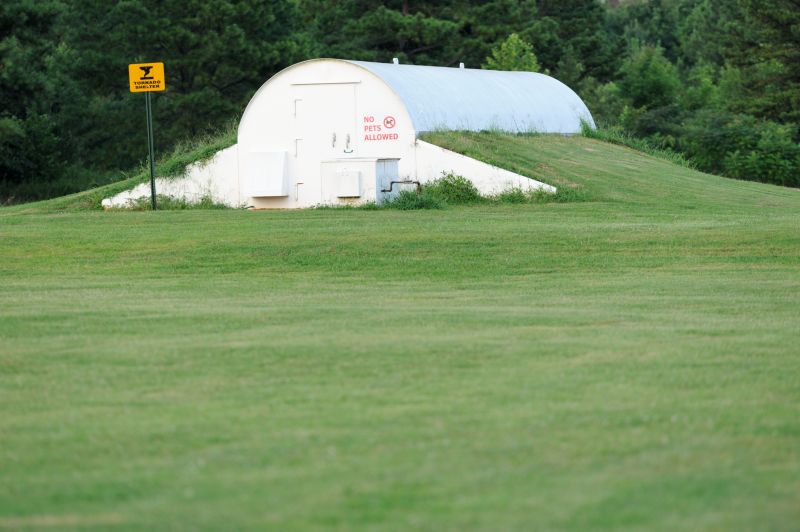
Workers assembling storm shelter components.

Ways to make Storm Shelter Constructions work in tight or awkward layouts.

Popular materials for Storm Shelter Constructions and why they hold up over time.
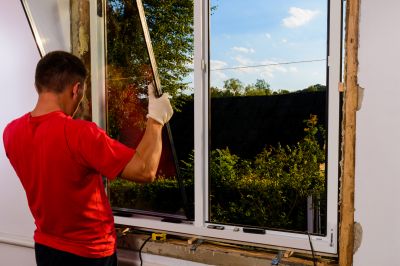
Simple add-ons that improve Storm Shelter Constructions without blowing the budget.
| Factor | Recommendation |
|---|---|
| Seasonal Weather | Construct during mild weather seasons like spring or fall. |
| Storm Season Timing | Complete projects before the start of peak storm seasons. |
| Material Delivery | Plan for off-peak periods to ensure timely material access. |
| Regional Climate | Adjust timing based on local weather patterns. |
| Project Readiness | Ensure planning and permits are completed in advance. |
| Construction Crew Availability | Schedule during times with optimal workforce availability. |
| Budget Cycles | Align construction with budget planning periods for cost efficiency. |
Storm shelter constructions are critical for safety during severe weather events. Proper timing ensures that shelters are built with quality materials and adhere to safety standards. The construction process involves site preparation, foundation work, and secure installation, all of which benefit from favorable weather conditions. Planning ahead and understanding regional weather patterns can significantly impact the success and timeliness of storm shelter projects.

A durable storm shelter ready for use.

Tools and machinery used in shelter construction.

Design plans for storm shelter construction.

Inspection of completed storm shelter for safety compliance.
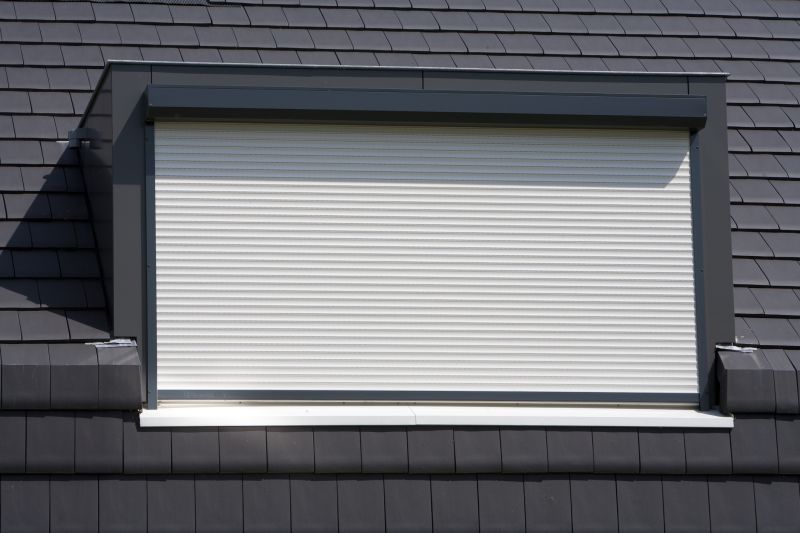
High-end options that actually feel worth it for Storm Shelter Constructions.

Finishes and colors that play nicely with Storm Shelter Constructions.
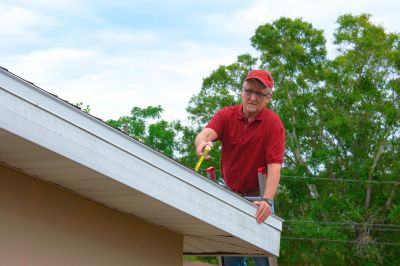
Little measurements that prevent headaches on Storm Shelter Constructions day.

A 60-second routine that keeps Storm Shelter Constructions looking new.
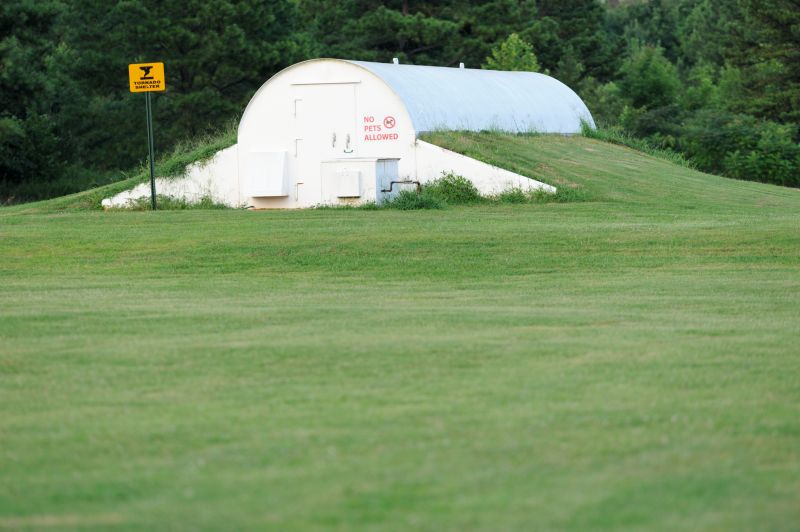
A frequent mistake in Storm Shelter Constructions and how to dodge it.

Small tweaks to make Storm Shelter Constructions safer and easier to use.

Lower-waste or water-saving choices for Storm Shelter Constructions.

The short, realistic tool list for quality Storm Shelter Constructions.
Interested in constructing a storm shelter? Filling out the contact form can provide detailed information and assistance in planning a project aligned with regional weather patterns and safety requirements. Proper timing and preparation are essential for ensuring the longevity and effectiveness of storm shelters.
